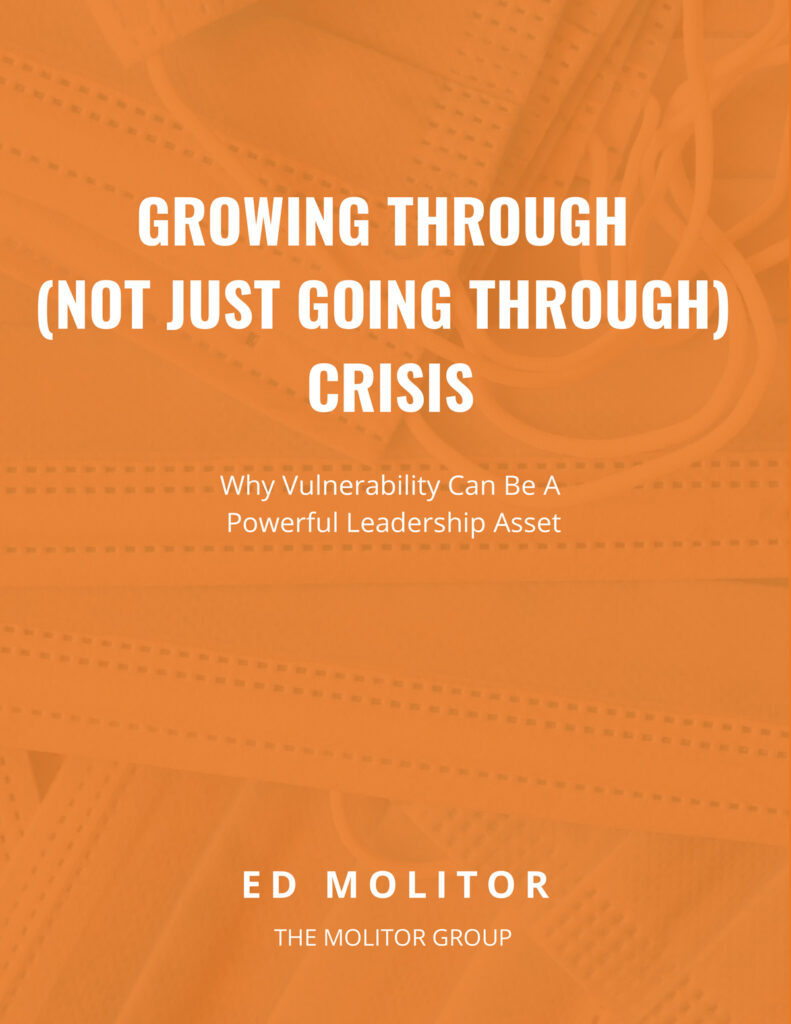You have to be a special kind of business leader to head up a resilient organization that is poised for change. Understanding the reality of an ever-changing world is the best way to embrace any potential opportunities that come your way. As you ask yourself how do you adapt to change as a leader, you may be in the midst of the struggles and the fear that making significant changes brings.
Leaders who are ready to adapt to change have a long-term vision for their company which is the key to their evolution and ability to improvise. Change will happen; change is necessary, but resilient leaders understand that change is ultimately positive.
Businesses that remain static and fail to grasp the opportunities in front of them wither — companies that evolve move forward.
If you feel trapped as a business leader, you are not alone; many people find themselves in the same position. They don’t realize that their behavior when confronted with a challenge shapes and clarifies who they become. To grow and develop as a leader, you have to embrace and overcome your difficulties and thrive through change.
Facing Challenges Head-On
When you are finding the path to adaptability as a leader, you are pushing your way past some uncomfortable feelings; you might fear the unknown future or even be worried about a loss of status. It is important to remember that an authentic leader is vulnerable; it’s ok to expose your weaknesses, it’s fine to be open with your team about the possibility of failure. Being unhappy and unfulfilled is a far scarier future to face than the momentary challenge of admitting that you need help or to learn new skills.
Changes in an organization or an industry are inevitable, they can certainly be hard, but they can also be incredibly fulfilling. Through the changes in my own career, from college basketball coaching to the mortgage industry,to the recruiting industry, to founding The Molitor Group, I have realized that the difficulty I had with moving from role to role was not unique to me but common across a whole range of professionals. Whatever niche you’re in, you will face difficulty at some point on your professional journey. Over the last two years, the world has changed more than we would ever have imagined, and we have had to learn to roll with the punches.
If you want to learn how to adapt to change because you have left a corporate job to fulfill your dream of entrepreneurship or lost your job due to acquisition, downsizing, or circumstance, you can make the pivot. If you are prepared to put in the work to reset your expectations and reflect on how you deal with change, you can move forward positively.
Change can bring a great sense of fulfillment, a renewed energy that allows you to embrace fresh challenges, and the opportunity to build incredible new connections. By recognizing opportunities within challenges, the transitions you once feared will become a force for what I call ‘Positive Change.’
If, like me, you find yourself in a difficult situation that is not of your making, remember the advice that a friend and mentor once gave me. He pointed out that although I did not choose to be in the situation I was in, nevertheless what I did from that point forward with that situation was my choice.
What is Positive Change?
Positive Change consists of five key components and their subsequent points for reflection;
- Mindset — what is your attitude and approach to change? Do you have a growth or fixed mindset? How can you shift your focus? How do you respond to challenges, adversity, and success?
- Pursuits — Do you genuinely have the passion, vision, and belief to move forward? Have you defined your goals? Are you committed to excellence?
- Work Ethic — Do you have a strong work ethic on and off the court (both at work and away from work)? Are you an authentic leader? Do you have the resilience and persistence to succeed?
- Inner Circle — We’ve all read the philosophy that you are the average of the five people you spend the most time with, but do you really understand that association becomes assimilation? Surrounding yourself with positive people is one of the best things you can do to bolster your resilience.
- Communication — Appreciate that positive language helps you overcome challenges and is the foundation of building trust and helping others get to know, like, and trust you.
How do you adapt to change is a topic I often discuss on The Athletics of Business podcast. You can also check out the rest of the blog series or listen to some of my other amazing guests on The Athletics of Business show for more information and insight into developing as a leader.



